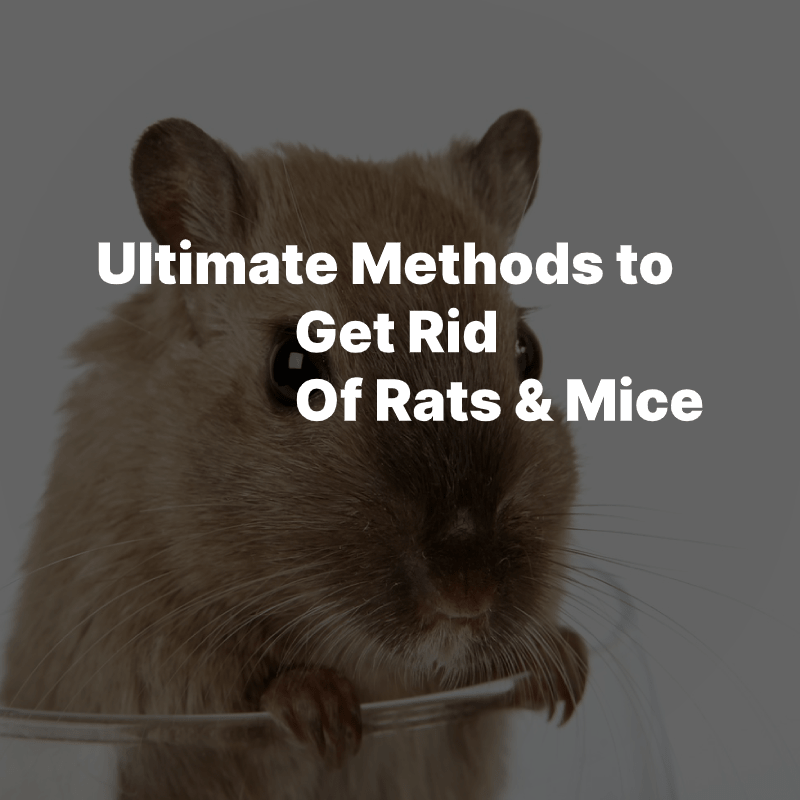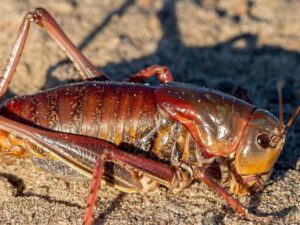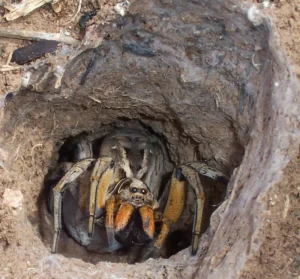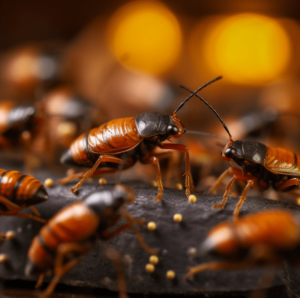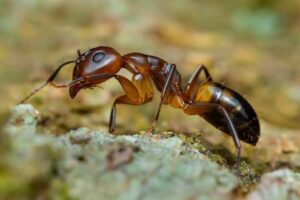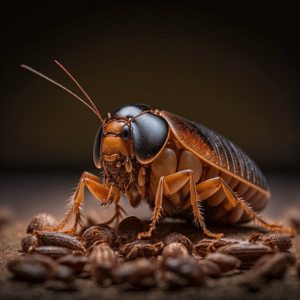Rats and mice look all good on cartoons, but no one likes sharing their house with these rodents. Rats are also suspected of causing deadly diseases from bubonic plague, Hantavirus to Lymphocytic choriomeningitis and others. Rats and mice also cause damage to wiring, food storage, building insulation, siding, wallboard, and wires. This article explores different solutions for getting rid of rats and mice, including rat traps, rat poison, baits, repellants, and other useful techniques. Keep reading.
The most Effective Methods for Getting rid of Rats in 2022
|
Editor’s Picks |
Brand |
|---|---|
|
Most Effective |
|
|
Runner Up |
|
|
Repellent |
|
|
Natural |
No products found.

Most Effective: Guarden The Ultimate Rat Killing Trap
This ranks top among many other products on the market because it actually works. The all-weather rat traps protect your home indoors and outdoors against tats, chipmunks, mice, and other rodents. These traps are quick and safe to use. This the best rat trap as it features a removable bait cup and foot pedal setting systems (for setting the trap). The bait cup is designed such that it can’t be reached without activating the extremely responsive trigger. It prevents theft of the bait. These traps work perfectly in your attic, garage, car, yard, or kitchen. The powerful jaws supported by high tension springs snap tightly but without breaking the skin and this averts a mess in your house. These powerful springs also ensure the rat/mouse can’t escape. The construction using sturdy waterproof and stain-resistant plastic makes these traps reusable without becoming unhygienic. The rustproof plastic guarantees your trap continues working without any damage.

Runner Up: Goodnature A24 Rat & Mouse Trap Kit with Digital Strike Counter
This innovative, ruggedized trap weather-proof trap that kills rodents repeatedly, and you don’t need toxins or electricity to use it. It works through a CO₂-powered shot with a single CO₂ canister lasting for 24 kills. The kit comes with the trap, two CO₂ canisters and six months supply of mice lure. They also come with pre-baited cards to help you pick the best location for the trap. You only need to mount the trap, sit back, and wait for the rat or mouse to get killed. The Goodnature mouse trap has an electronic counter to track results and works both indoors and outdoors. It is the best way to get rid of mice as it is humane and kills rats and mice instantly compared to the conventional electric rat trap. It is also non-toxic, making it ideal for homes with children and pets.
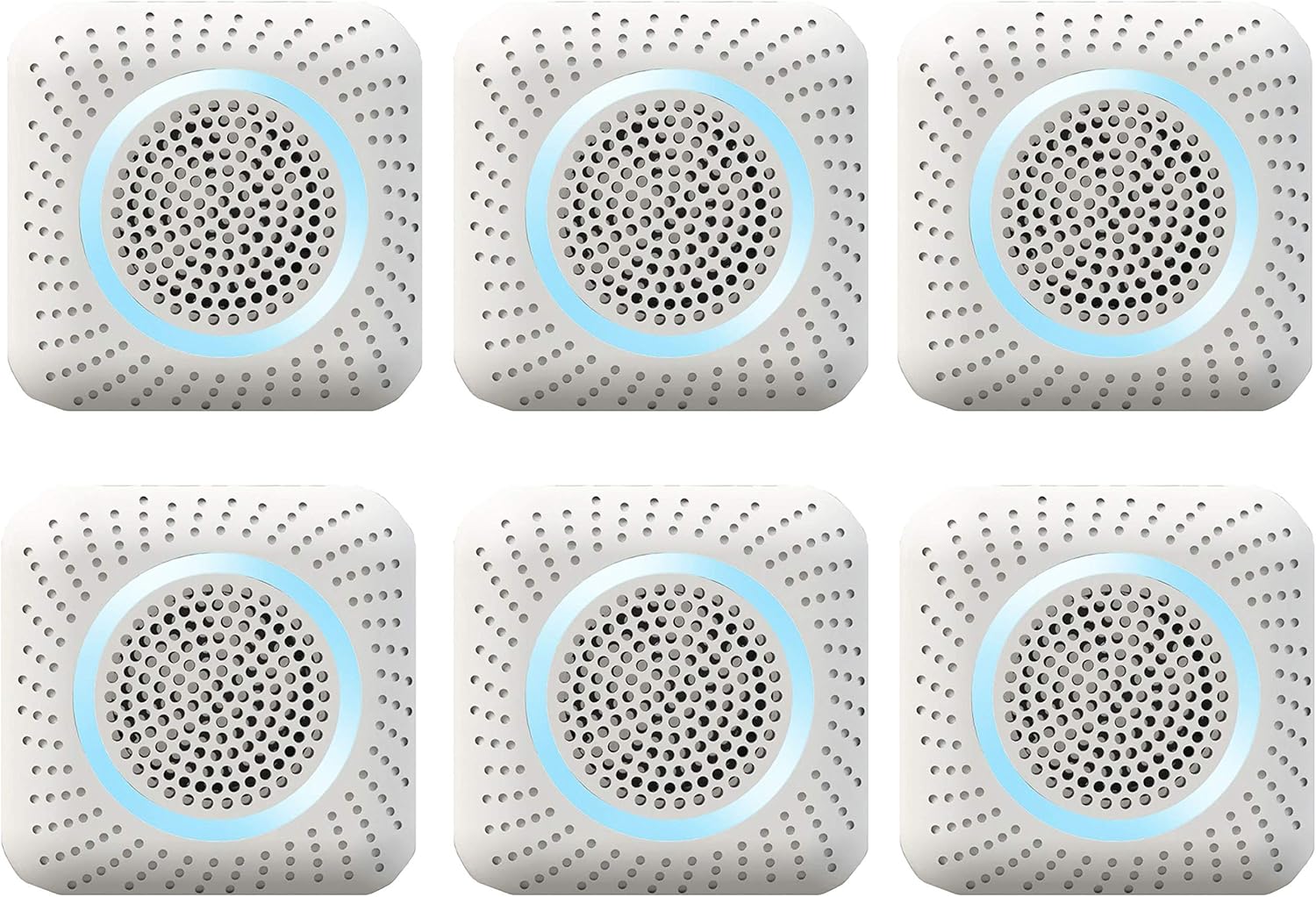
Best Mice Repellent: Victor M756K
This carpenter bee spray is highly effective due to the use of foaming aerosol. This foam here expands to burrowed areas where insects live. There’s also an extension tube allowing you to spray into hard-to-reach areas. If you have been struggling with how to get rid of carpenter bees, PT Phantom II is the right product for you. You can use it to treat active carpenter bee tunnels which means the bees will distribute the active ingredients inside tunnels. This protects against further carpenter bee damage on your property. Once you have sprayed inside holes and tunnels, plug the entrances to prevent re-infestation. Plugging also reduces the chances of wood decay by preventing moisture entry.

Best Natural: Natural Armor Animal & Rodent Repellent Spray
This is an all-natural animal repellant which gets rid of rats, raccoons, deer, mice, skunks, and other pests and critters. It works best in homes, yards, flower beds, gardens, and landscaping. You can use it for indoor or outdoor applications. It is an easy to use natural rat repellent as you just shake. The comfortable heavy-duty trigger sprayer that makes it easy to spray, and you can cover approximately 1,000 square feet.
Home Remedies for Removing Rats/Mice
Mothballs: Mothballs are readily available in every market and they contain naphthalene, an ingredient that affects blood cells’ capacity to transport blood. They are effective in repelling and also killing rats and they are also easy to use.
Simply place mothballs where you fear these pests might hide or pass through or in deserted areas like an attic, backyards or basement. This is the best mouse poison, and it doesn’t cost much. Directions:
- Use covered hands to handle mothballs. Look for deserted areas in your house like an attic, backyards, or basement.
- Place a few mothballs if you want to kill mice but add more for rats.
Ammonia : Most households have ammonia in different forms for cleaning purposes. However, this can also be used to make homemade rat poison. Directions:
- You need 2 -2 1/2cups of ammonia, 2 -3 spoons full of detergent and about 300ml of water.
- Mix everything and leave the bowl of the mixture where you suspect the rats hide. You can also soak cotton balls in the mixture and place them in key areas you have noticed rats.
Setup Trap
Using rat traps remains one of the most effective strategies for dealing with rats in your home. You can shop for some effective rat traps, including the Tomcat 0361710, Guarden rat trap, LEHOUR rat traps, all available on Amazon.
When setting a rat trap, here are steps and factors to remember:
- Use plenty of traps around your home
- For bait, use foods that rat and mice love, including unsalted seeds or nuts, peanut butter, cake icing, uncooked meat like bacon, bananas, apples, and raw or hotdogs or raw chicken.
- Place the traps in high-activity areas 15-20 feet apart. Place the traps touching the walls where rats love running. Place the trap naturally along the rat’s runway.
- Traps with bait stations are best to protect non-targeted pets and kids
- For roof rats, fasten your rat traps with wire to, rafters, overhead pipes, and beams.
- Don’t handle dead rats with bare hands to avoid contact with harmful parasites.
What Kind Of Spray Will Help?
One of the most effective ways to get rid of rats is by utilizing their most reliable sense: smell. Rats have an acute sense of smell and this is why peppermint has for ages been used to repel these pesky rodents.
Peppermint might be refreshing for your nose but it is offensive to rats and will chase them out of your home. The smell is strong and is unappealing to rats and even commercial pest control companies use it as a toxin-free alternative to pesticides.
To make peppermint spray, you need:
- 1-ounce pure peppermint oil
- 1-ounce water
- small spray bottle measuring two ounces.
Mix the peppermint oil and the water into the spray bottle. Shake thoroughly for the two to blend. Spray around the hidden nooks and areas where you have spotted rats or mice. Reapply the peppermint spray after a few days or if you notice any more rats. Alternatively, you can find one on Amazon website.
Interesting Facts about Rats
- Rats can laugh/make happy laughter sounds when playing (they make a high-pitched noise).
- Some species of rats can swim over a mile while holding their breath for three minutes at a go
- Rats use their tail to regulate body temperature. They expand or contract the tail to lower or raise temperatures.
- If a member of the group is injured, the other rats take care of the injured member
- Rats have excellent memories and hence they learn navigation routes quickly and memorize it
- Rats are shy and opt to run away than confront any potential threat
- Rat teeth never stop growing and can grow up to 5 inches every year.
- Rats are social animals living in large communities, grooming each other, playing and sleeping together
- Rats can reproduce every three weeks. During their fertility, they can mate up to 500 times in six hours.
How to Prevent?
Preventing rats from your house is an easier option than getting rid of them. Here are some ways to prevent rat infestation:
- Store your foodstuffs in metal or glass containers and use tight-fitting lids
- Tidy your indoors and around the garden
- Clean up after your pets by wiping any spilled pet food or birdseed debris
- Declutter your compound and your indoors. Get rid of debris such as old cars, sofas, beds, tree limbs, or appliances from your property
- Fill holes, cracks, and gaps using hardware cloth, steel wool, caulk, cement, or plaster.
- Set traps
FAQ
WHERE DO RATS/MICE COME FROM?
Most species of rats and mice originated from India and Southeast Asia. Today, they are present on every continent of the world except Antarctica. Brown and the house rat are the most common rats as they have traveled by boat to all parts of the world.
In the house, rats and mice come for food and shelter and they hide in roof spaces, then cellars and cupboards. They love homes because of the warmth and food though they can survive in holes around the homestead and forage inside for food. They are incredibly adaptable and can thrive in most habitats where there are food and shelter.
WHAT DO RATS EAT?
The diet of fire ants depends on the species. Southern fire ants eat greasy foods and proteins while red fire ants eat animals, plants and dead insects.
WHAT DO RATS LOOK LIKE?
Norway rats are brown or gray in color and white on the belly. The ground rats are larger than black rats with tails shorter than their bodies. They are also more aggressive than black rats. Norway rats measure 16 inches.
Black rats/ roof rats, on the other hand, are climbers, have longer tails and measure roughly 16 inches long.
WHAT ARE THE RISKS CAUSED BY RATS?
Rat infestation poses grave health risks. These rodents were blamed for the Black Death, a plague in the 14th century that wiped out 60 percent of Europe’s entire population.
They also transmit other diseases, including Hantavirus Pulmonary Syndrome (HPS), Lymphocytic choriomeningitis (LCMV) and Salmonellosis, rabies, Rickettsia, and Toxoplasmosis, among others.
HOW DO RATS GET INSIDE A HOUSE?
Rats use any gaps, holes, cracks, or crevices to get inside. They can also climb up sewer pipes and into toilets.
WHERE DO RATS BUILD NESTS?
Rats will build a nest anywhere safe and near food. This can be in outdoor areas such as abandoned cars, sofas, tree stumps, or indoors inside the ceiling and other areas.

